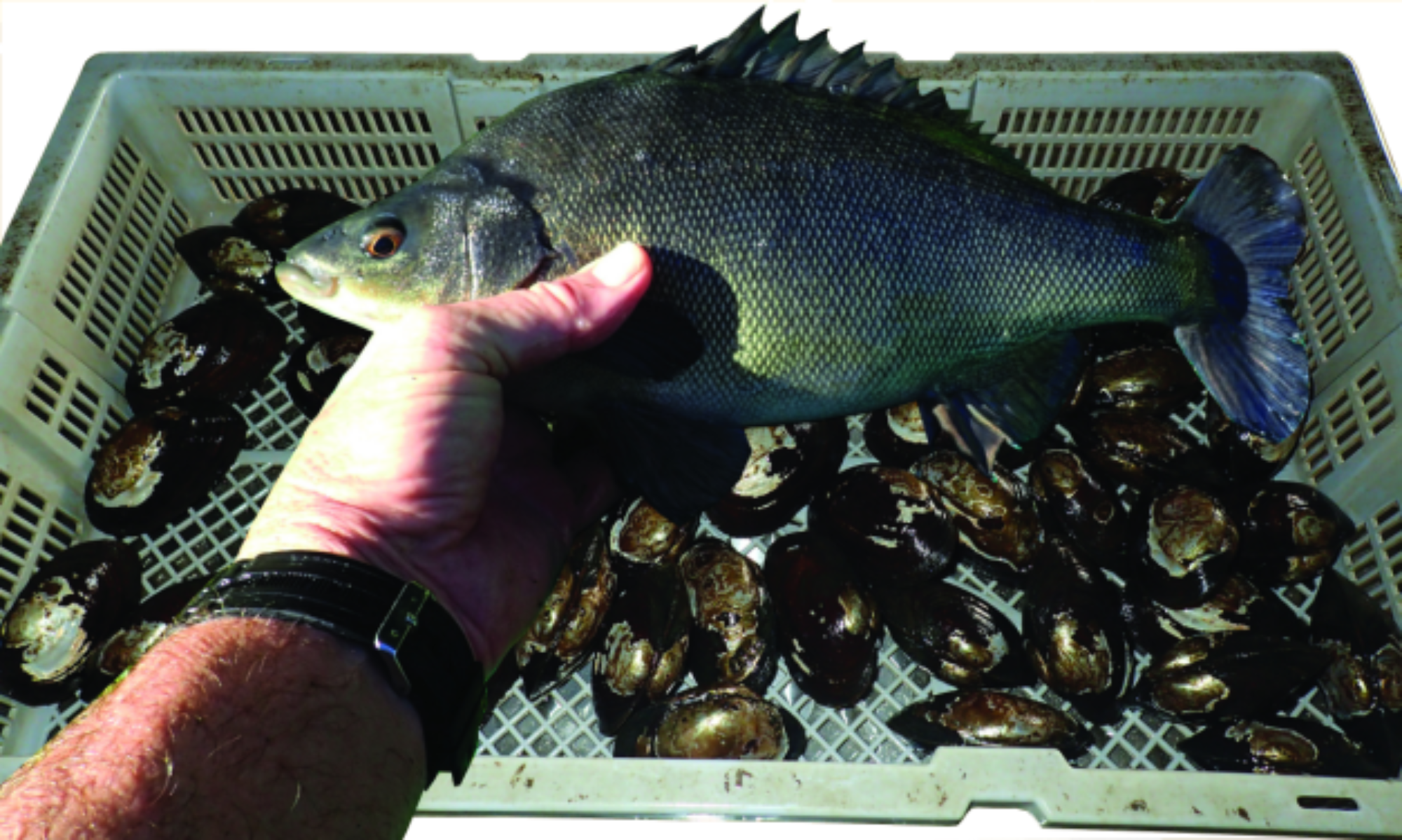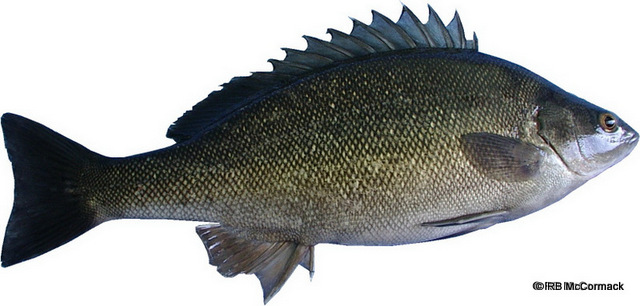The Silver Perch Bidyanus bidyanus
The Silver Perch is a native Australian freshwater fish endemic to the Murray-Darling River system. Just known as Silvers they are a widespread species that are a great sporting fish. They have small mouths and a large tail that will give you a great fight on light line. Unfortunately, silver perch in the wild are not as common as they used to be. There are many reasons for this but some of the main problems are alien fish species (carp, redfin, etc.), new alien diseases, habitat degradation, and the construction of dams and weirs on the major rivers. This compounded by drought and then black water events has led to a serious decline of wild fish numbers in many areas. Australian federal government in 2013 listed wild silver perch as critically endangered on the EPBC Act list of threatened species.
Silver Perch are summer breeders that have very specific requirements. They need warm water, flood conditions and a migratory run. Silver perch in the wild have long migratory spawning runs up river to breed. This occurs over the summer breeding season and starts around mid October and lasts till mid march. Unfortunately, they need flood conditions over this summer period to have their migratory run and to spawn. Silver perch are prolific breeders with around 150,000 eggs per kilo of fish. The problem is that these eggs are negatively buoyant and will settle to the bottom. That is fine if there is a strong current with water moving past them, they will still develop and hatch. It is even better if the eggs themselves are rolling along the bottom, typically over the flood plain. It the eggs fall into a no current, no water movement area they will die and not hatch. This is the dilemma of the Silver Perch and the reason it is in such rapid decline in the wild. River floods that create ideal conditions for breeding and the survival of the eggs don’t occur very often these days and when they do the rivers are full of dams and weirs that stop the flow and create still water areas where any silver perch eggs will just drop to the bottom in dead water areas and die.
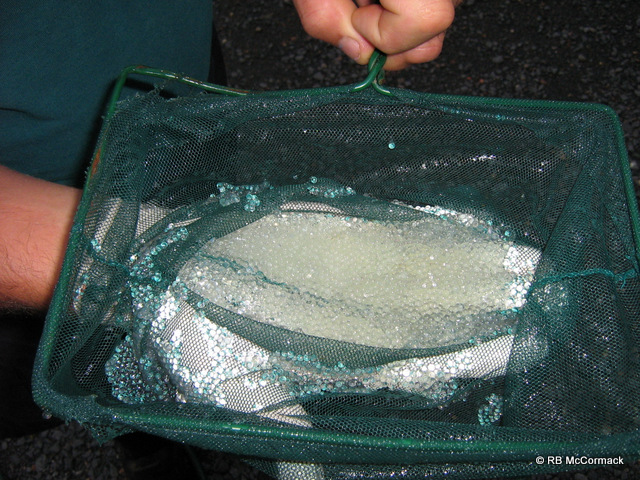
Many people stock their farm dams with silver perch and they survive well and grow tremendously in even relatively small farm dams. Unfortunately, the conditions in a farm dam are not suitable for breeding so they will not multiply in your dams. They will roe up and my even breed but the eggs will just settle to the bottom of the dam and die. In a farm dam you will only get back out what you put in.
Here at Austsilvers, we artificially breed silver perch in hatchery tanks. Broodstock fish are held in farm dams through the year and we just catch fish out of our dams and take them to our hatchery for breeding. We anaesthetise our fish, weigh them and hormone inject them to induce breeding. After injection the fish breed in the tanks and we end up with fertilized eggs. The eggs are either left in the breeding tanks to hatch or transferred to larval incubation tanks for hatching which will start to occur 24 to 28 hours after they are spawned. Not all eggs hatch at the same time and hatching will continue for some time after up to 4 to 6 hours. Once the eggs hatch we reduce the aeration and keep the lava in these tanks until they are ready to feed some 6 days later. These larvae are them transferred to the fingerling ponds for grow out into fingerlings ready for sale.
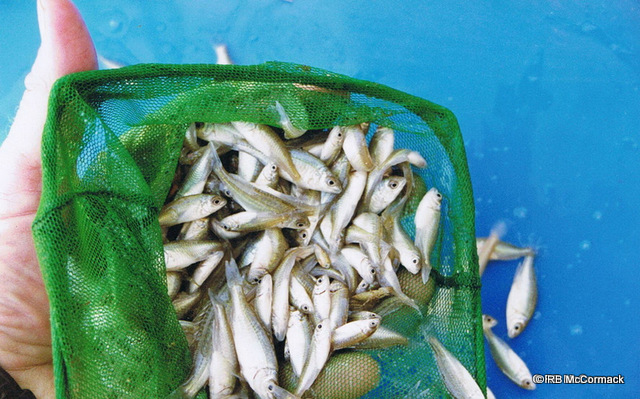
Aquaponics
Silver Perch are ideal for aquaponic tanks. They are easy going, grow better in numbers, don’t mind small tanks, are a robust species that can survive in cool to hot water. Add that they are easy to feed and they taste great, its easy to see why so many people choose silver perch for their aquaponic tanks.
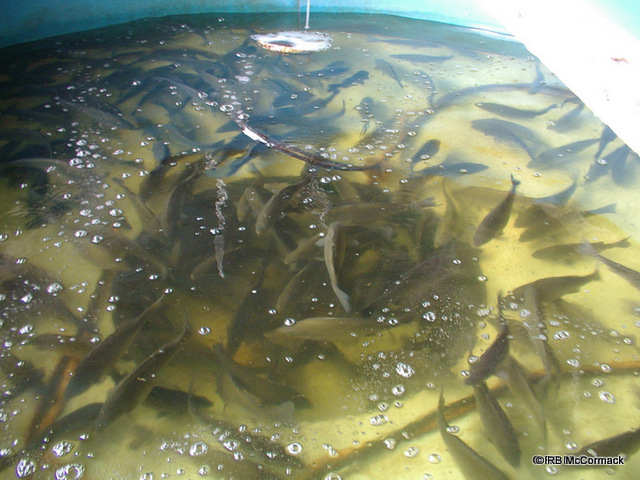
Farm Dam Stocking
Silver Perch are perfect for farm dams. They grow fast, are good survivors and are omnivores, eating plants, weeds, algae, worms, insects, crustaceans and anything they can find. You stock at 200 fingerlings per mega litre of water and wait 18 months before you go fishing and catch a feed.

Commercial Aquaculture
Silver Perch are excellent eating with firm white flesh that can be cooked any way you like. Traditionally farmed in Australia for decades the culture methods are well known being tried and proven. Typical commercial production is 7.5-20 tonnes per hectare of surface water.
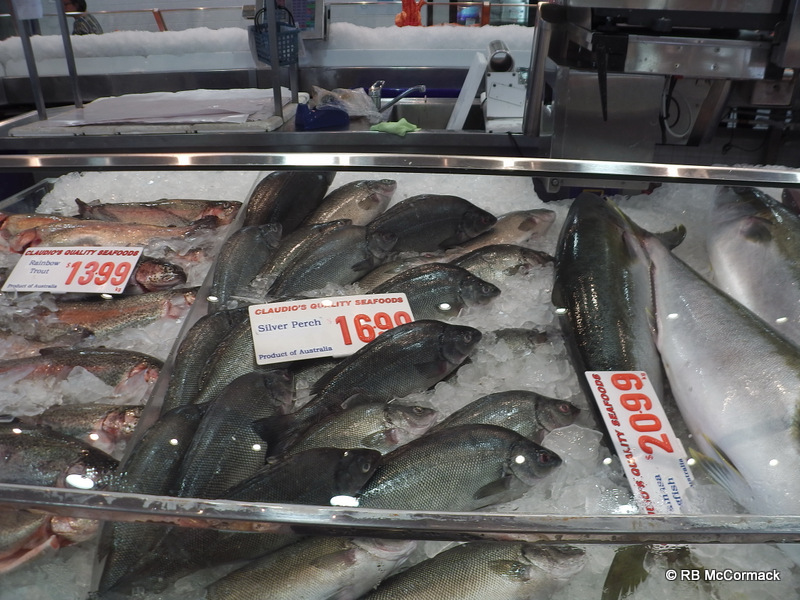
Silver perch fingerlings are available from November each year. We are a commercial hatchery with minimum quantity available for sale starting at 100.
